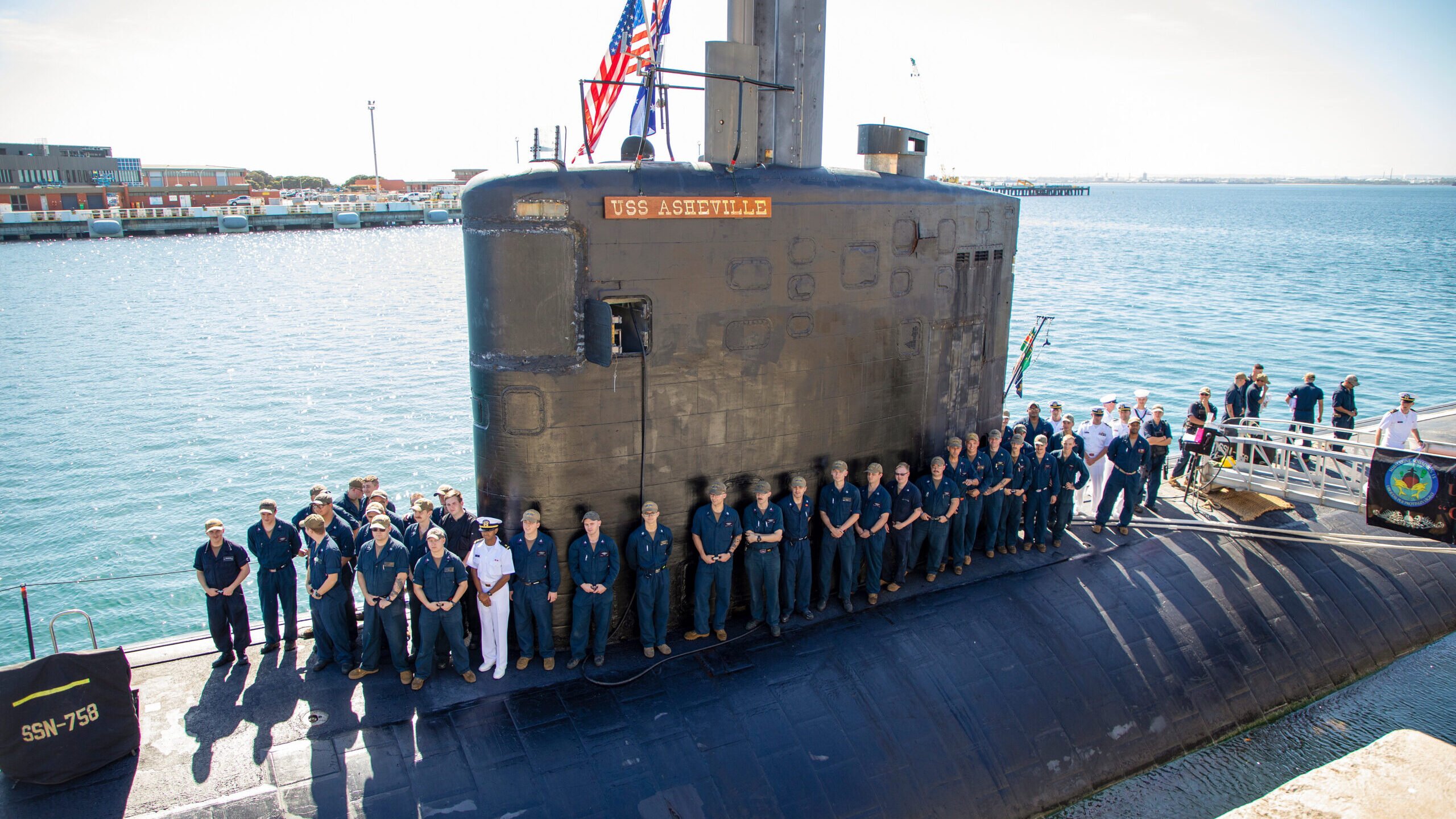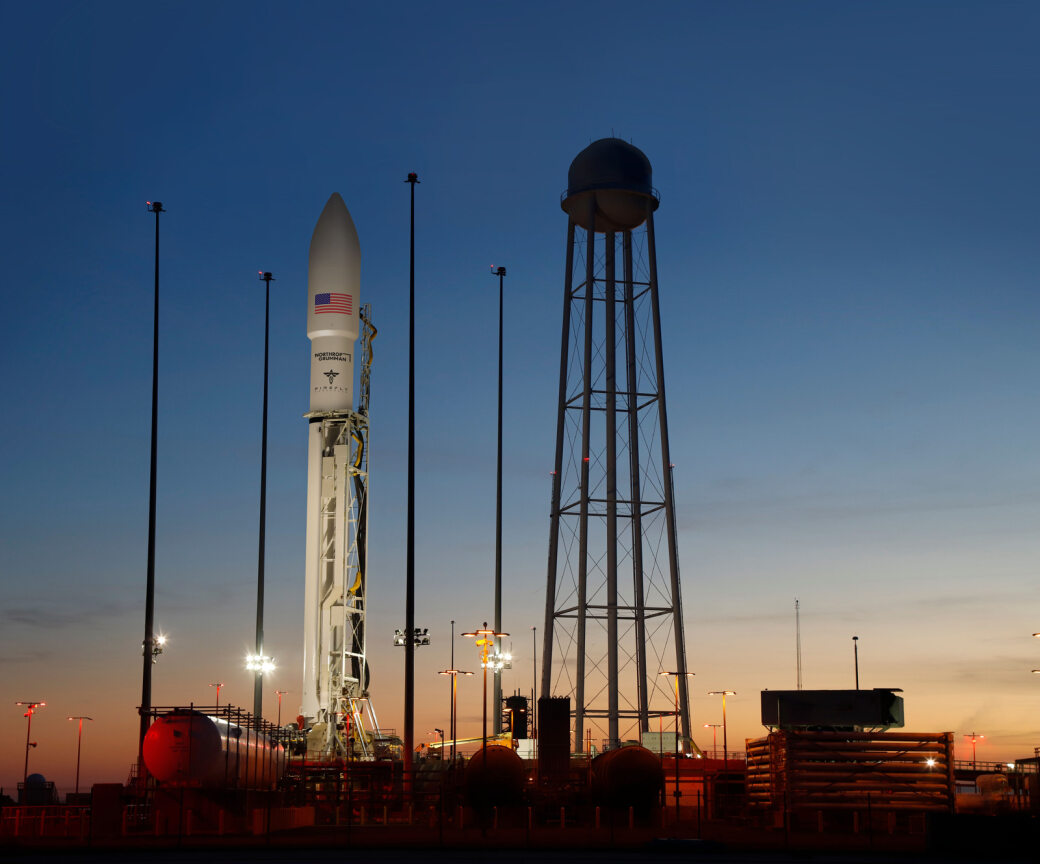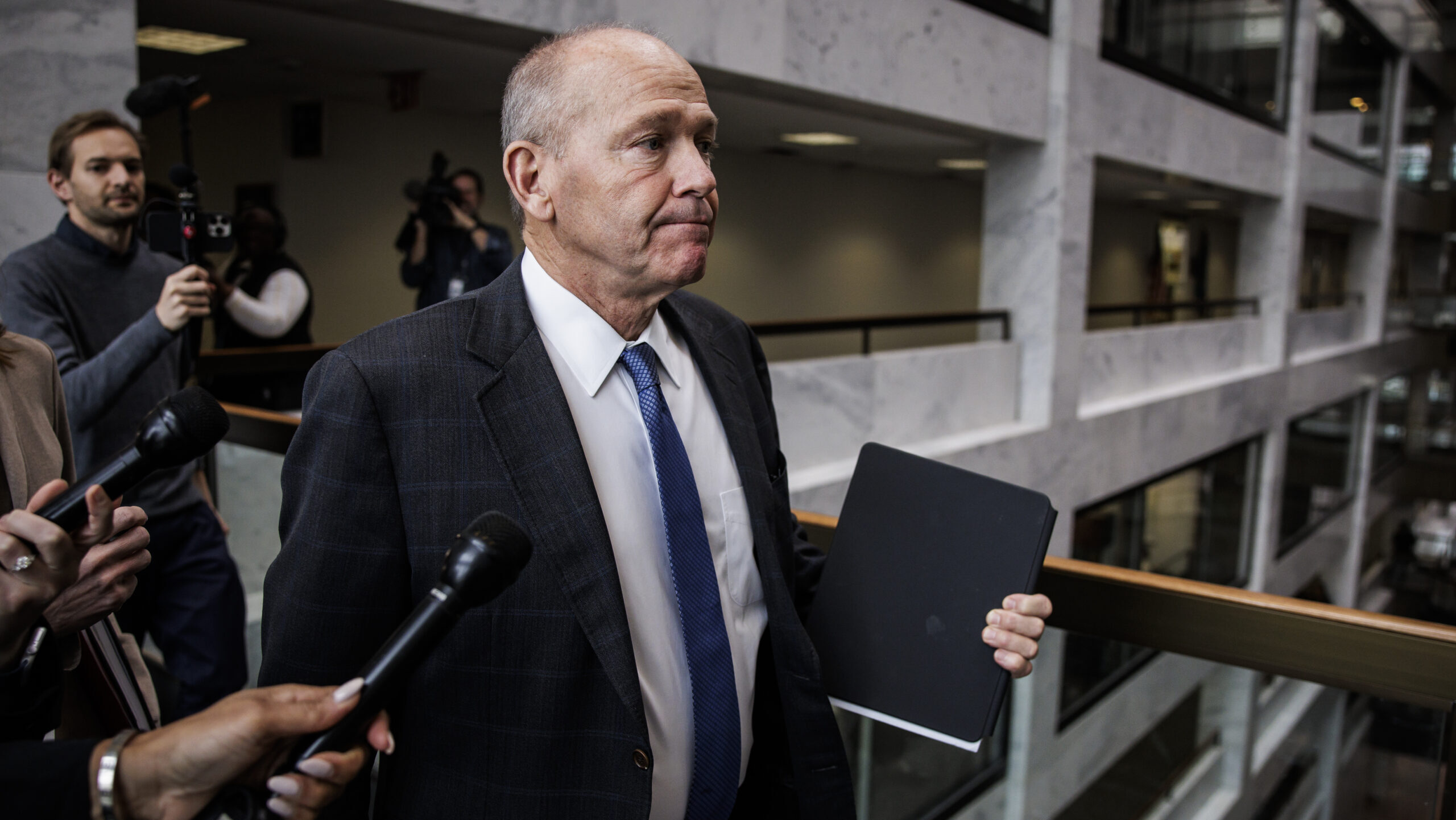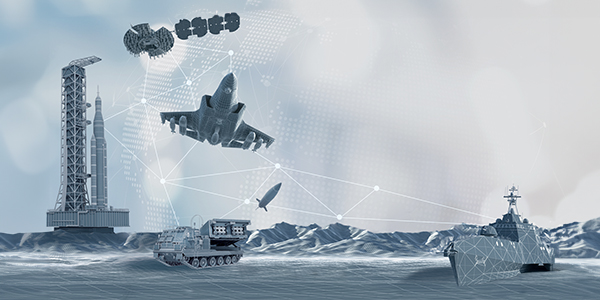
The crew of the USS Asheville assemble on the casing of the submarine during a visit to HMAS Stirling in Rockingham, Western Australia. (Australian government)
SYDNEY — Whenever American and Australia troops and their leaders get together, there’s inevitable talk of mateship and the 75 years the two countries have fought and bled side by side. Australians seem to have a pretty good idea of the US military’s capabilities — it’s huge, rich, technologically advanced and builds weapons that are often the envy of the world.
But what do American officers really know about Australia and its military? According to someone who’s been as close an observer as can be, “the US DoD broadly may not understand the Australian DoD and ADF as well as it should,” writes American Army Col. Alan Throop. a former military liaison at the US embassy in Australia. His comments were published today as part of an Australian Strategic Policy Institute study.( ASPI is a thinktank founded and partially funded by the Australian government.)
Given the vast enterprise of helping Australia build a small fleet of nuclear-powered subs for the venture known as AUKUS, as well as the increasingly close ties between Australia and another American ally, Japan, the need for US soldiers to be knowledgeable about Australia is inarguable. Throop did 12 interviews with Department of Defense personnel “who have served throughout Australia,” to both test his hypothesis and gather more information. The interviews were conducted with Americans who had served in Australia for more than six months between January 2020 and March 2023.
His summary conclusions:
- “The US DoD broadly lacks understanding of the scale and capacity of the Australian Defence system.
- “US DoD staff officers are prone to ‘mirror-imaging’ with Australian Defence.
- “The importance of sovereignty to Australian Defence isn’t well understood by US DoD staff officers.”
- “Many US DoD personnel lack understanding of Australia’s internal geography.”
- “US DoD lacks sufficient internal coordination when engaging with Australian Defence.”
How to fix this? Throop makes the recommendation for what he calls a US Forces Australia (USFOR-A) headquarters to “provide continuity between the US state-side defence efforts with US defence elements in country such as the US Embassy in Canberra, the Marine Rotational Force—Darwin, AUKUS planning efforts, enhanced single-service activities, and new relationships that may emerge due to the DSR (Defense Strategic Review).”
This is all driven by the resurgence of great power competition between the US, China and Russia. Throop makes the point that it’s very important to know as much as you can about your competitors. But it’s also important to know the allies who would fight alongside you provide the edge you need to deter and, if necessary, defeat those competitors.
But the very fact that Australia, a country with sometimes quite different values from the United States, as well as different interests, fights so far above its weight can often lead American officers to misjudge their Australian colleagues.
“‘We tend to think we have all the answers in some ways … and in doing so, we miss out on some of the sage wisdom and advice that a smaller force that is constrained by resources can have because they’ve got to get creative,” one interviewee told Throop. “‘They have to do things differently. They have to try other approaches. So, in that sense, I guess maybe it’s a bit of arrogance on our side.’”
And there’s considerable mirror imaging that goes on, the colonel found, “due to a perceived similarity in history, culture, language and historic defence ties.” This can lead, he says “to confusion and agitation for both sides, resulting in misunderstandings, flawed assumptions and diminished efficiency.”
Assuming that the ADF will add to American capabilities, instead of hewing to their own goals and manner of doing things, is fairly common:
“‘We look at Australian geography as a place to flow our capabilities through, and we look at it as a haven [for] pre-staging. And we look at it as a place, not that we’re going to fight here, we’re going to flow through there, but the Australians look at everything through the lens of defending their homeland,” one interviewee said. “When we create different plans, whether they’re [operational] plans, or whether they’re CONPLANS, or whether they are logistical plans, that difference in perspective is very important, and I don’t think that most Americans realize that.”
Geographical Challenges, Misunderstood
Another basic area key to planning and supply is Australia’s geography and infrastructure. Different states here have different gauge railways. Interstate roads, except between the main cities, can dwindle down to gravel.
“‘You can travel 1,000 miles in a day on the East Coast [of the US], no problem,” one officer noted. “Do you want to travel 1,000 miles on the east coast of Australia? That’s a two-day journey at least, and it takes significant planning. There are hundreds of miles without fuel stops. Sometimes there are two-lane roads and gravel roads.’”
Relatively few Americans understand that Australia is slightly larger than the continental US, nor that the northern parts of the country are persistently slammed by floods, fires and typhoons, making it difficult to reach key areas.
“The 2022 floods that isolated Darwin from road and railway supply led to the ADF flying civilian groceries and supplies into Darwin to keep the place going. So, we don’t understand that,” an American told Throop. “When we talk about supply chains and ground lines of communication throughout Australia, we just kind of assume that they will be generally good as long as they’re not attacked or targeted. But this was always an eye-opening realization … just how few roads there were and how often they are impassable.”
But the relatively small US contingents working with Australia have their own problems, too, including a lack of formalized communications.
“At the senior levels, there are so many two- and three-star Australians that knew two- and three- and four-star Americans. They would call each other or VTC each other, and nobody knew,” the colonel was told. “We didn’t know, and we kept saying, hey, we would really appreciate it if you let us know what’s happening … so we can help facilitate the outcomes.”
Added another interviewee: “So, I think working to speak with one voice is very difficult because who is the [US] voice? Is the voice OSD [Office of Secretary of Defense]? Is the voice INDOPACOM or USARPAC [US Army Pacific]? There’s a lot of voices, and there’s a lot of requirements out there, and so I think that speaking with one voice is challenging.”
So how would the USAFOR-A help fix these problems and keep improving relations between the two militaries? Throop, who is heading to Japan for his next assignment, has clearly done some investigation into how the US-Japan relationship works.
“This relationship as a model could be considered as a mechanism for the US–Australia defence relationship. The similarities are illuminated in USFJ’s mission statement: ‘USFJ manages the US–Japan Alliance and sets conditions within Japan to ensure US service components maintain a lethal posture and readiness to support regional operations in steady state, crisis, and contingency and that bilateral mechanisms between the United States and Japan provide the ability to coordinate and synchronize actions in support of the US – Japan Alliance.’
“One could replace ‘Japan’ in this statement with ‘Australia’, and it becomes a first step on what USFOR-A would become in a new bilateral setting,” Throop says.












